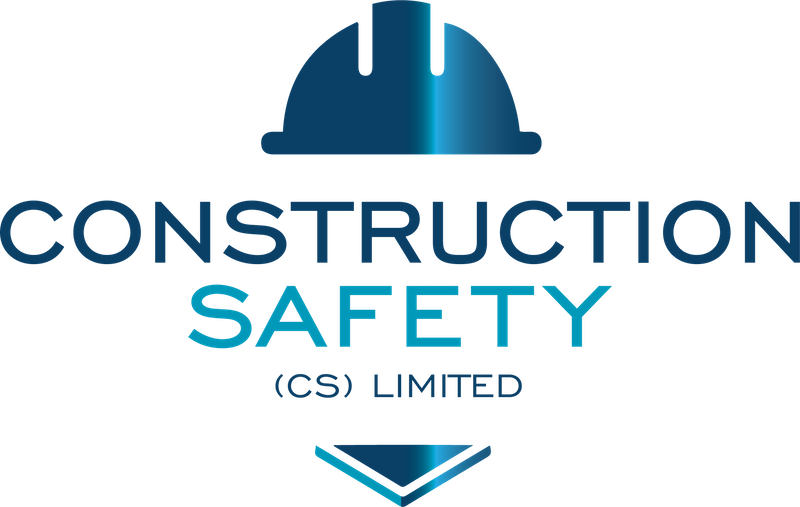Updated health surveillance guidance: respirable crystalline silica (RCS)
HSE has refreshed its guidance publication ‘Health surveillance for those exposed to respirable crystalline silica’.
The publication:
- provides advice for employers on the health surveillance appropriate for those whose work may result in exposure to RCS
- sets out what you should expect from a health surveillance provider
The updated publication: Health surveillance for those exposed to respirable crystalline silica (G404). Can be downloaded fr4om the HSE website
What you are required to do
Employers in industries such as construction, worktop manufacturing and installation, stone masonry, ceramics, and quarrying should review the updated guidance to ensure they comply with the Control of Substances Hazardous to Health Regulations (COSHH).
Where there is a risk of harm for those exposed to hazardous substances such as RCS, health surveillance is a legal requirement under COSHH.
Why RCS is harmful
Silica is a natural substance found in materials such as stone, concrete, brick and ceramics, and in other materials such as engineered stone. Harmful dusts such as RCS can be created when working these materials. Exposure to RCS can cause serious health issues, including silicosis, chronic obstructive pulmonary disease (COPD) and lung cancer.
Updated information
The guidance has been updated to clarify the following points:
- the RCS content in both natural and engineered stone dust is dependent on the level of crystalline silica in the stone or material being worked.
- our COSHH essentials sheet for managers of stone workers provides information on the approximate content of crystalline silica in common types of stone and other materials.
- worktop manufacturing and installation are stated as high-risk occupations and provision of health surveillance must be considered. Where workers are regularly exposed to RCS dust and there is a reasonable likelihood that silicosis may develop, health surveillance must be provided
- occupational health professionals should be consulted to identify when additional health surveillance is necessary to detect ill-health, for example where over-exposure to RCS dust has already occurred
Importance of health surveillance
Health surveillance is a risk-based scheme of repeated health checks and is required under the COSHH Regulations for those exposed to hazardous substances. It is used to detect ill-health effects early and show whether review and revision of the risk assessment and control measures are necessary. This is because control measures may not always be reliable, despite checking and maintenance.
More information can be obtained from ourselves or the HSE Health Surveillance webpages.
For RCS-related diseases, health surveillance involves the performance of appropriate tests and identifying if your workers have symptoms such as:
- shortness of breath
- persistent coughing with or without phlegm
- frequent or prolonged chest infections
- wheezing
You must ensure workers:
- understand the importance of reporting symptoms promptly if they occur
- know there is a clear system in place for who they report these symptoms to
- attend any health surveillance appointments required
Further information
- Installing stone worktops: protect against harmful natural or artificial stone dust
- Control of exposure to silica dust: A guide for employees
- COSHH essentials for stonemasons: Silica
- Control of Substances Hazardous to Health (COSHH)
